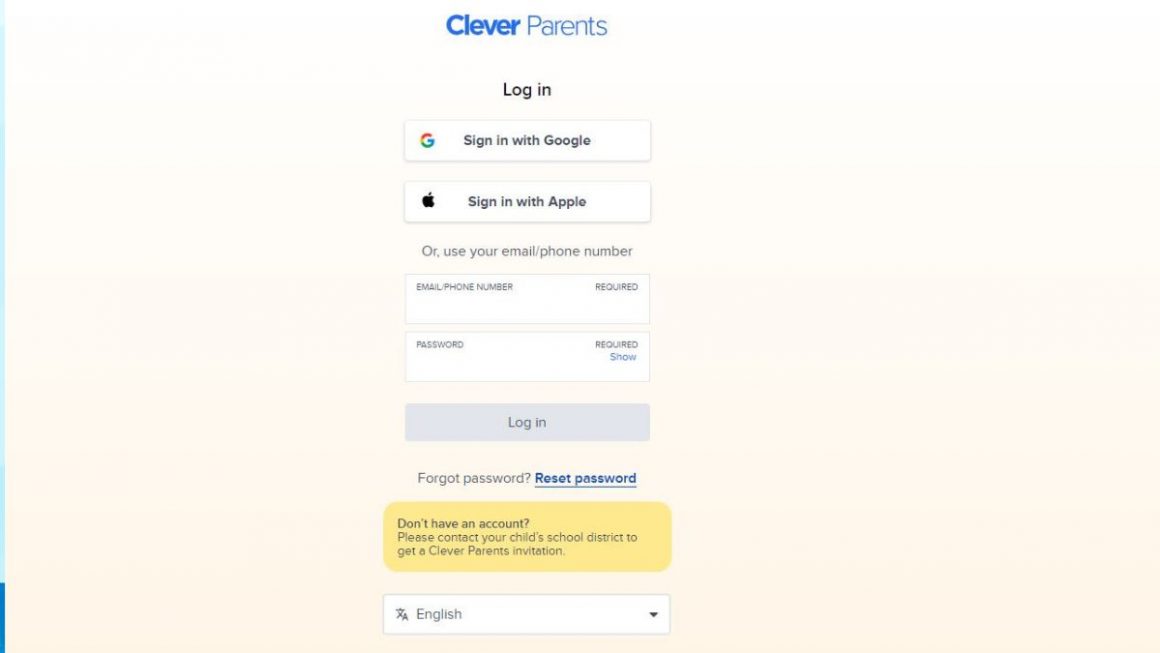In recent years, higher education has witnessed a significant transformation, marked by innovations in curriculum, teaching methodologies, and evaluation systems. One such development is the introduction of the Common University Entrance Test (CUET), a standardized test that has garnered much attention and debate within the education sector. This article delves into the depths of CUET 2024, exploring its origins, purpose, and why it is considered important in today’s educational landscape.
CUET: A Brief Overview
The Common University Entrance Test (CUET) is a standardized examination designed to evaluate the academic capabilities of students seeking admission to undergraduate programs at universities and colleges. CUET is typically conducted at a national or regional level, with the format and content of the test subject to specific guidelines and regulations set by the governing educational authorities.
CUET tests students in various academic disciplines, including mathematics, science, humanities, and social sciences. The aim is to provide universities and colleges with a consistent and fair measure of a student’s aptitude, knowledge, and skills, irrespective of their educational background or the institution from which they graduated.
The Importance of CUET [Common University Entrance Test]
Equality and Fairness
One of the primary reasons why CUET is gaining importance in higher education is its potential to create a level playing field. In many educational systems, especially in countries with vast disparities in the quality of secondary education, students from underprivileged backgrounds often face significant disadvantages in the traditional admission process. CUET aims to reduce these disparities by evaluating all students based on a common examination, minimizing the impact of varying educational institutions and backgrounds.
Standardization
CUET fosters standardization in the admission process. By providing a standardized assessment tool, universities and colleges can rely on a uniform set of criteria for evaluating applicants. This ensures that the admission process is based on merit, reducing the influence of nepotism or unfair practices that may otherwise compromise the integrity of the system.
Transparency
The transparent nature of CUET further enhances its importance. Students are well aware of the CUET examination format, scoring criteria, and the timeline for results. This transparency reduces anxiety and allows applicants to prepare thoroughly. Additionally, the publishing of answer keys and the possibility for reevaluation ensure that the system remains accountable and free from errors.
Diverse Opportunities
CUET offers students an opportunity to explore various fields of study. Unlike traditional entrance exams that are often confined to specific disciplines, CUET examines a broader range of subjects. This allows students to discover their interests and strengths, ultimately making more informed decisions about their academic paths.
Enhancing Quality
CUET also encourages educational institutions to improve the quality of their undergraduate programs. Knowing that students will be admitted based on their CUET scores, universities and colleges have an incentive to enhance their educational offerings, thereby elevating the overall standard of higher education.
Challenges and Controversies
While CUET offers several advantages, it is not without its challenges and controversies. Critics argue that a standardized test cannot capture the full potential of students and may favor those who can afford test preparation resources. There are also concerns about the potential for bias in the examination content. These concerns underscore the importance of refining and continuously improving the CUET system.
Conclusion
The Common University Entrance Test (CUET) has emerged as a crucial component of the modern higher education landscape. It offers a standardized, transparent, and equitable means of assessing students’ qualifications and abilities, reducing disparities in the admissions process. However, it is important to address the challenges and controversies associated with CUET to ensure that it remains a fair and accurate measure of students’ potential. In doing so, CUET can continue to play a vital role in shaping the future of higher education.












